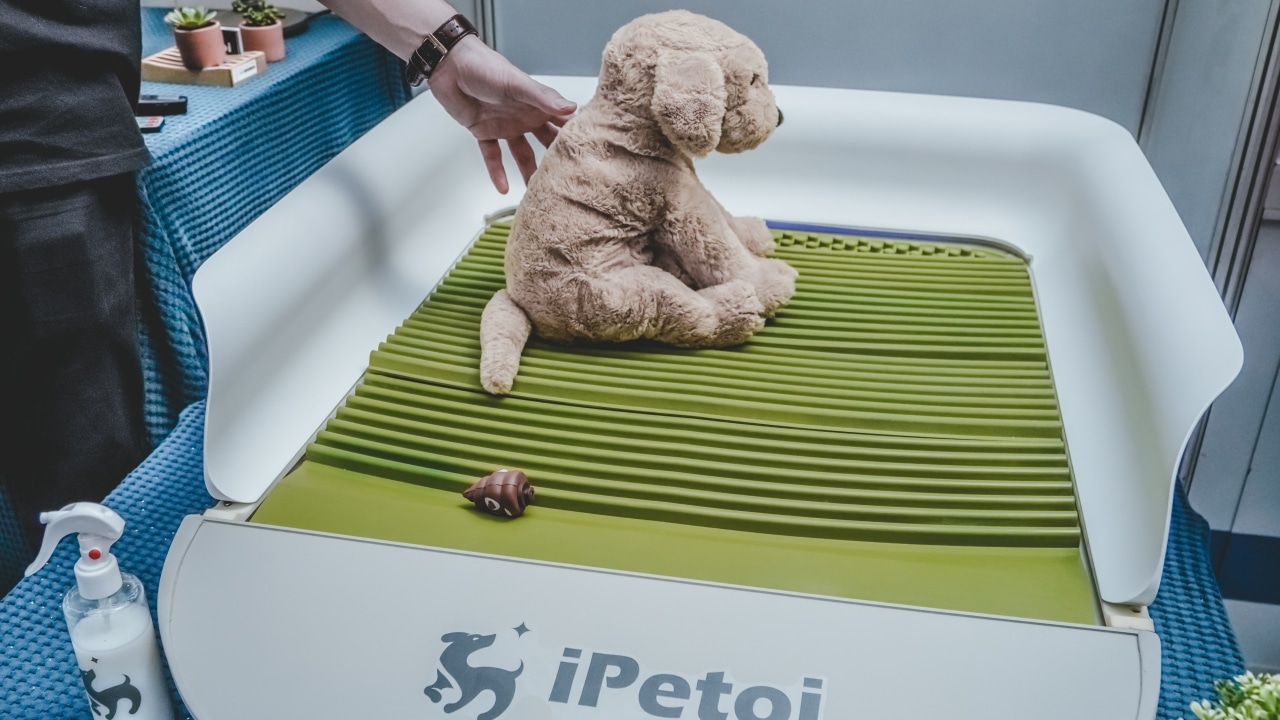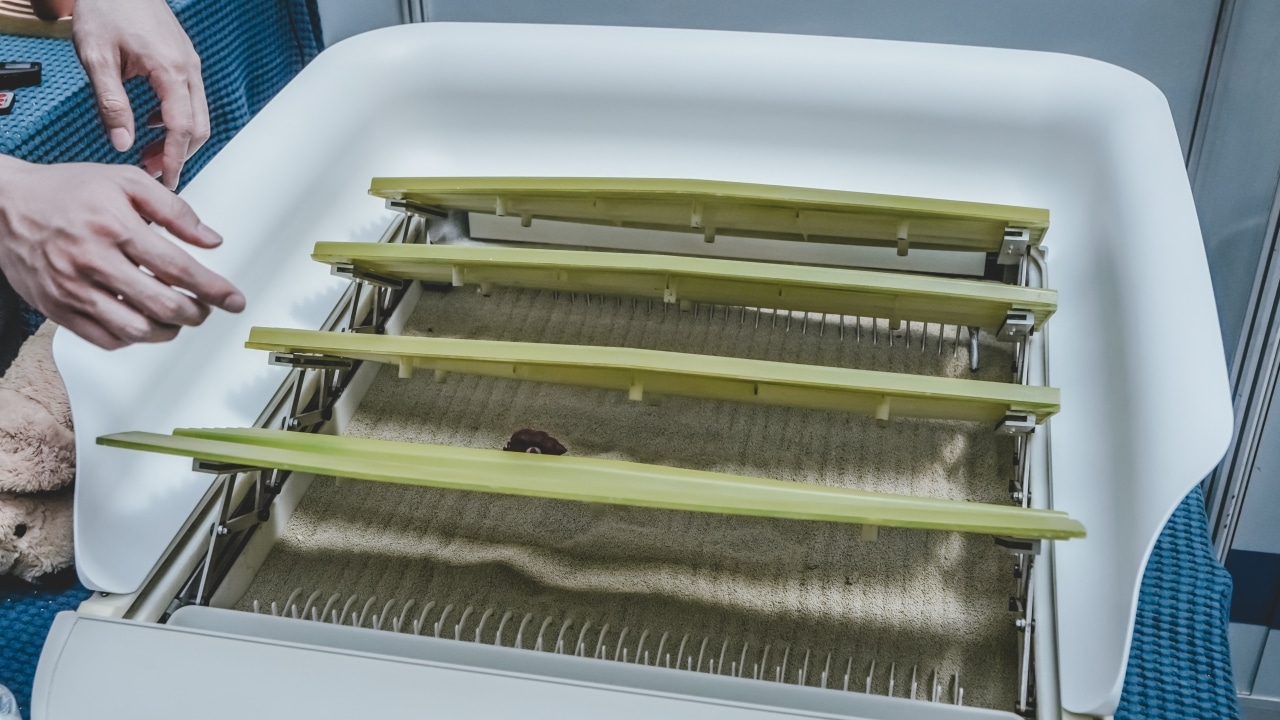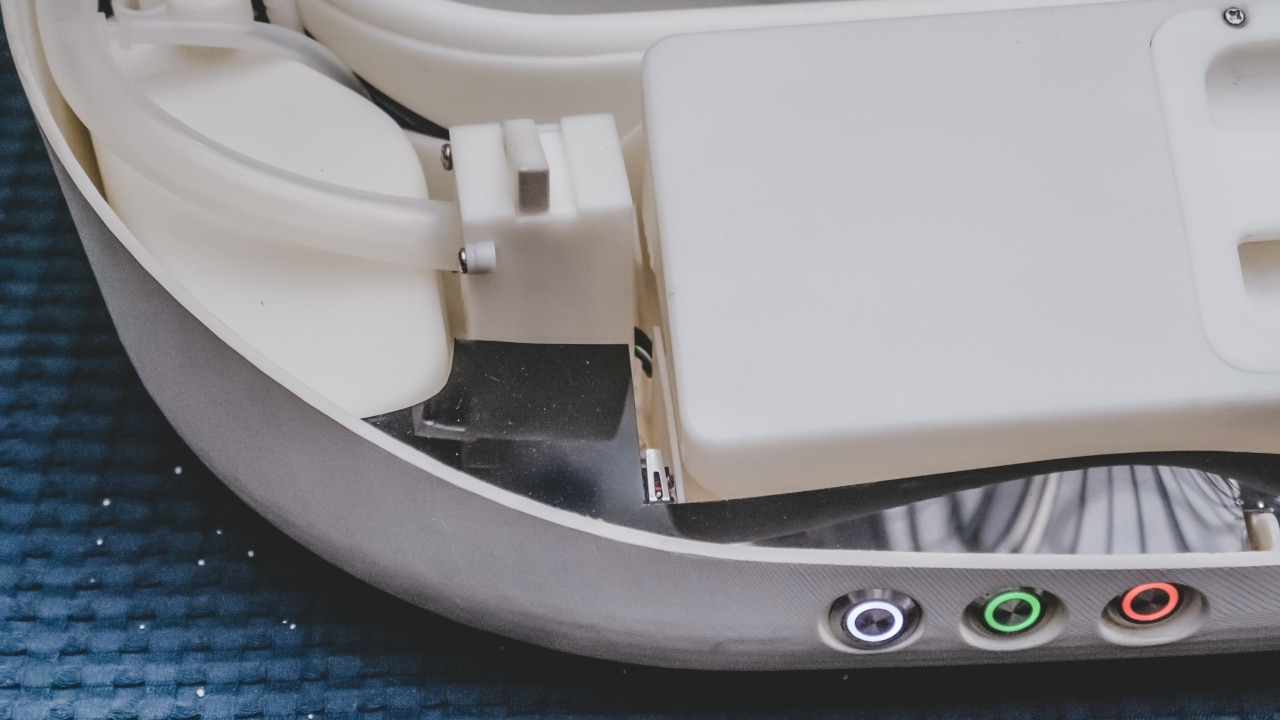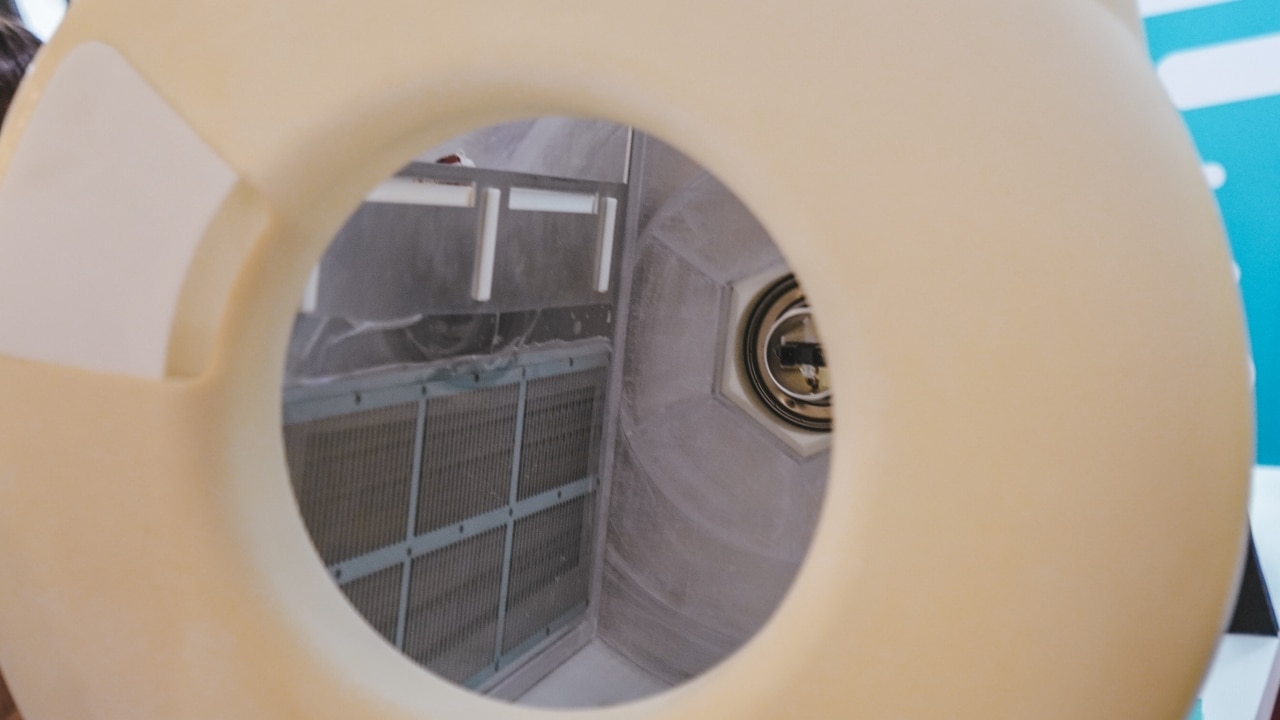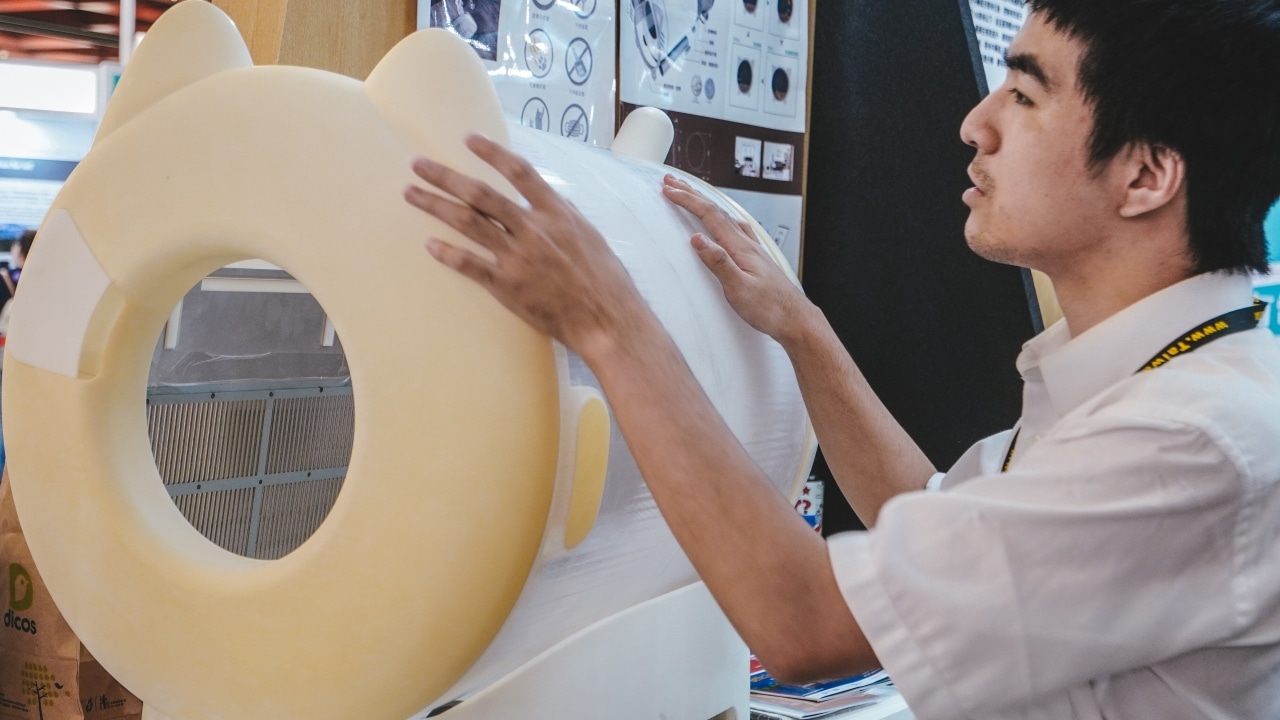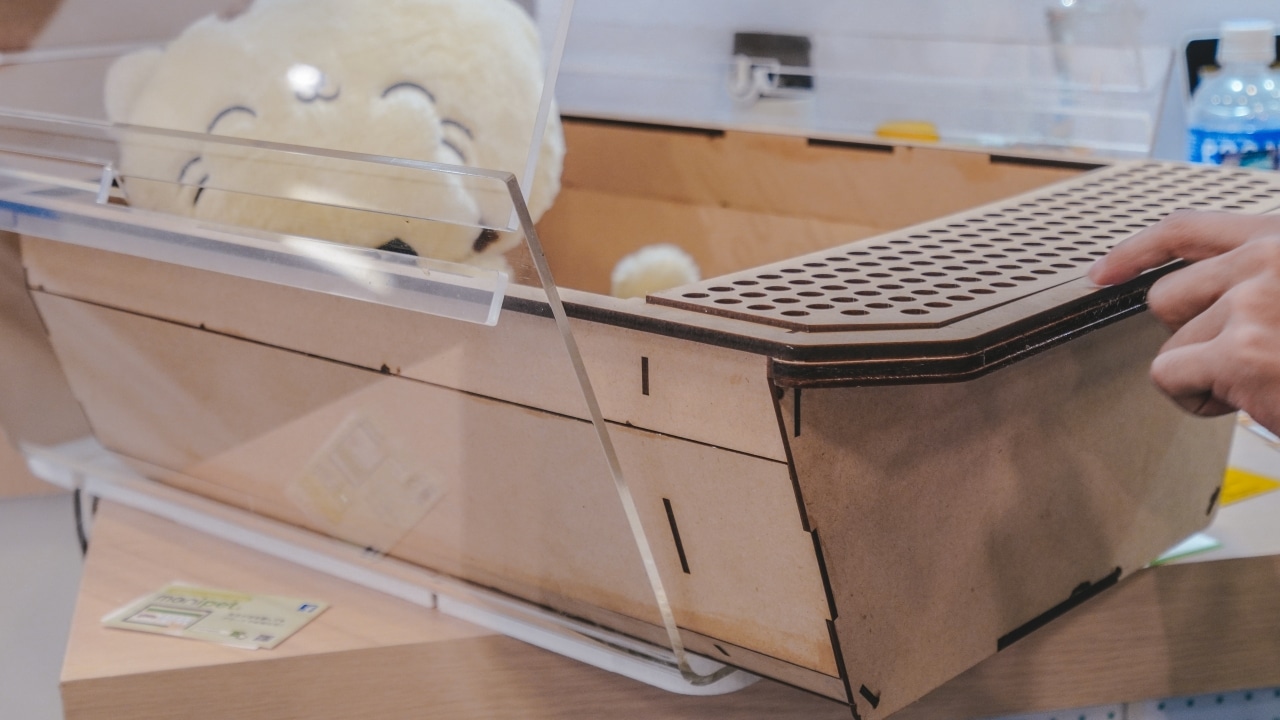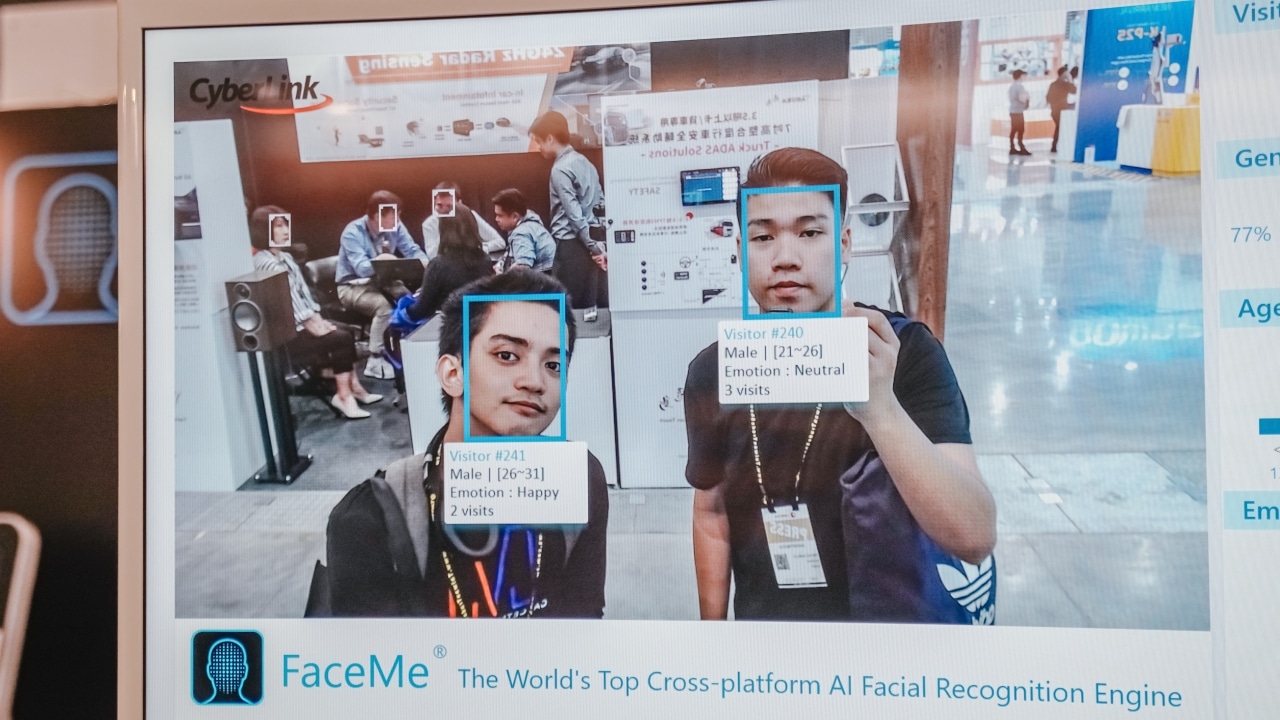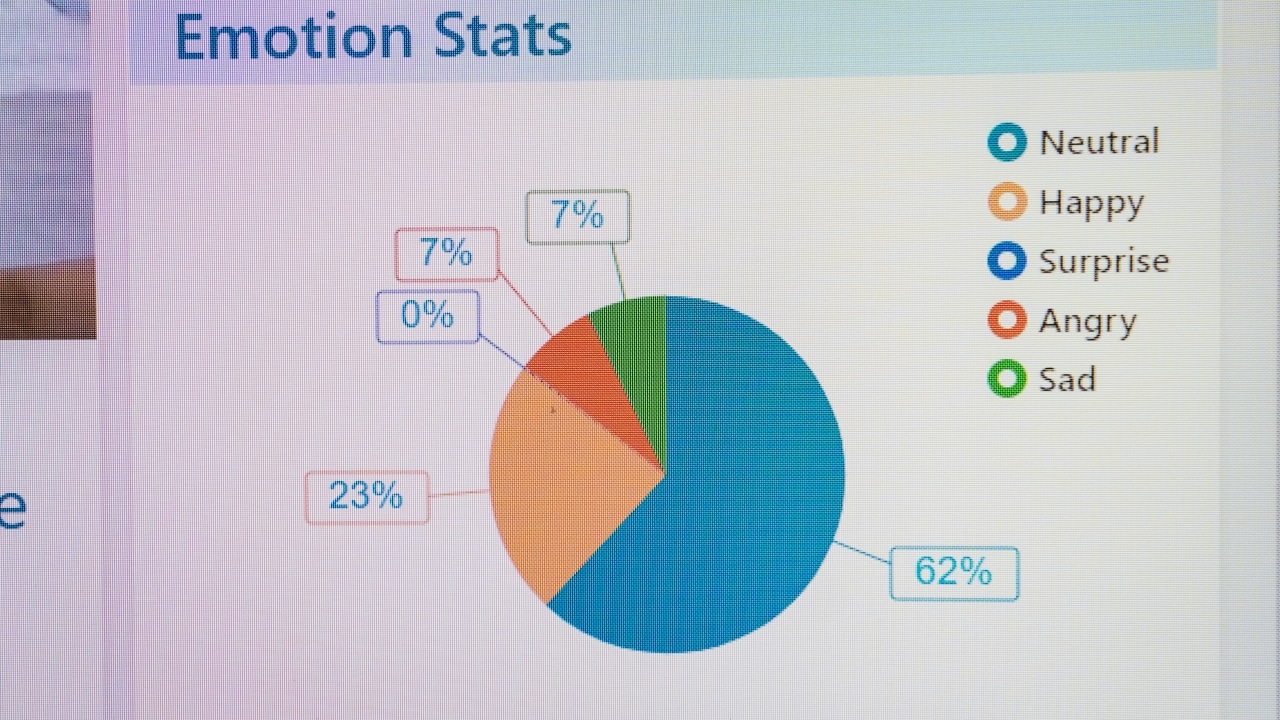

Computex 2019
Here are three smart tech startups for your pets
It’s also for the benefit of you and your home
If you own one or more cats and/or dogs like I do, these smart pet tech startups I found at Computex 2019 can help you in maintaining the hygiene of your pets and the cleanliness of your home.
iPetoi Automatic Smart Pet Toilet
- The lid is closed when the dog poops
- The poop then goes beneath where it’s supposed to be
- Pressing the button will automatically clean you pet’s stool and urine
- The urine has a separated compartment apart from the stool
iPetoi’s smart pet toilet for dogs does wonders! With just a push of a button, it will automatically clean your dog’s waste. Worried about cleaning? Its lid has a non-stick coating and there’s a separate compartment for the stool and urine that are both removable. Its odor-free system, anti-bacterial edge board, and anti-slip cloth also make your home clean and fresh without doing additional mopping and wiping off floors.
The automatic waste disposal system makes it smart enough. But what makes this smarter is how it monitors your pet’s health by analyzing data through your dog’s excess. It then gives you a status report about the health and nutrition of your pet. If there’s a problem, it will alert and notify you through your phone’s app. The results are also available by logging in with your credentials through their website.
Litter Out Cat Stool Remover
- Here is what it looks like from the outside
- Cats love going to enclosed spaces like this
- Once the cat poops inside, you can start rolling its outer hollow
- It will then go inside this comparment
As cats love going inside enclosed spaces, Litter Out’s design does the trick. It serves as a hidden chamber for the cat to release its stool or even a resting place for your cat to sleep on. If the cat leaves its waste inside and goes out, you can roll the outer chamber and let it go through the opening where it will be taken into the stool compartment. You can then pull it by its handle and throw it away. Just clean it with water and you are ready to go!
LuluPet Cat Litter Box with AI Health Management
LuluPet’s smart litter box is like the iPetoi Smart Pet Toilet, but suited for cats. During my visit, it was not in its final form, but it functioned. As the name suggests, it is made for busy fur parents in monitoring the status of their cat/s.
Its creator has gathered enough calculations and data in order for it to be presented and patented. With the last image written in Mandarin, it also explains how the litter box works: The AI system examines if there’s any unusual behavior made by the cat. There are also seven different types of cat stool that can learn and analyze the health of your cat. It will then send the data to keep you posted about your cat’s well-being.


AI or artificial intelligence used to be something we only see in sci-fi movies. Today, AI is very much part of our daily lives with a lot of it deeply embedded in the smartphones we all use.
Apple, through the iPhone X, then introduced AI facial recognition as a secure way to unlock phones. They call it Face ID and it’s widely considered the most secure facial recognition system on smartphones right now. But it’s not perfect. It once failed to tell the difference between two Chinese women.
Before all of these advancements, it was in the 1960s when Woody Bledsoe created a system that detects facial features by plotting coordinates through a tablet. Thus, the facial recognition system was born. It has then made its way to smartphones, laptops, and security cameras.
In Computex 2019, we found CyberLink’s FaceMe. It’s an advanced AI facial recognition system that determines one’s age and emotions through a web camera. To my surprise, it accurately detected my approximate age group — around 21 to 26 years old. I thought the mood detection was subjective as my appearance won’t exactly tell you what I really feel. Bottomline? I found it amusing but scary.
Have you ever wondered how Facebook detects you on other users’ photos? In 2015, Facebook created a deep learning facial recognition system called “DeepFace” that detects faces through images. Innovative? Yes. Creepy? Well, Mark Zuckerberg made headlines when a photo of him surfaced online with his laptop’s webcam had tape covering it. This then led to the speculation that Facebook spies on its users.
Scan my face to pay the money through #Alipay application. pic.twitter.com/9xqmCEehuF
— Allen He (@heling1682002) June 28, 2019
On the other hand, the Chinese government has a totally different way of utilizing facial recognition. While the rest of the world pays through cash or contactless payment, Chinese establishments use AI facial recognition system as one of their primary payment methods along with using WeChat.
That’s just the tip of the iceberg; if you have already seen Black Mirror’s Nosedive, you can relate the story’s plot to China’s “Social Credit System”. They score points or earn rewards by doing good deeds such as following traffic rules, volunteering, or even donating blood. They can they use the the points and rewards to buy goods.
Having debt or legal troubles will lower your credit. Punishments include a ban from traveling outside the country and not being able to buy your own property. It even goes as far as being shown through the “reel of shame” where “laolai” (a derogatory term for citizens who failed to pay their debts) were named and shamed during a film premiere — just like how it happened in an Avengers: Endgame screening.
Huawei, despite being a Chinese brand, has been successful in gaining customers’ satisfaction and trust in just a short time. Those on the Western side think the opposite: The US government accused Huawei of spying but US later lifted the ban. Even the arrests of their officials in Europe and Canada are undeniable. The commotion between US and China even opened a lot of discussions about spyware, including the safety and danger of AI facial recognition systems.
A lot of questions still remain. Do we really consider facial recognition our friend for keeping our data safe and secure from others? Or is it becoming our foe after all these allegations about the government and companies spying on us? One thing is for sure: AI facial recognition is far from being flawless.

Fans all over the world gathered in Taiwan to witness the festivities of Computex 2019. Several tech companies showcased what’s ahead for the industry, from all-around devices to gaming peripherals. ASUS’ star shined even brighter during the event as one of their biggest booths had people buzzing and raving all throughout.
ASUS boasted its experiential Republic of Gamers (ROG) booth, the company’s biggest at Computex. The booth showcased the latest and greatest of ASUS’ ROG lineup for gaming peripherals and hardware. Visitors were greeted with a design that hopes to evoke the future of gaming as ASUS envisions it. It showed off the latest in the ROG’s thermal, portable and panel solutions.
The booth featured ASUS ROG’s latest ROG Strix and Zephyrus laptops sporting bigger and more responsive screens. The ASUS ROG Strix SCAR III and Strix Hero III G731 are the first gaming laptops to boast a 17-inch, 240Hz refresh rate screen. Apart from that, these two laptops will also sport the latest NVIDIA RTX 2070 graphics card that promises superb gaming performance.
ASUS ROG also featured its collaboration with BMW for its ROG Face Off laptop. Through this concept laptop, the primary focus is to reflect gamers’ unique tastes and preferences. In this extensive collaboration, the company showed off several ROG Strix and Zephyrus laptops in a bold Glacier Blue color.
Perhaps the most visited attraction is the Thermal Solutions area that houses the ROG Mothership announced back in CES 2019. Visitors got a chance to try out ASUS’ take on a portable gaming battle station loaded with Battlefield V. Of course, this was done to show off its impressive overall performance and unique thermal solution.
Computex 2019
WUDI-IDI Arctic Neck Cooler and Bluetooth Speaker
The product you never knew you needed

Startup products are something we shouldn’t underestimate. WUDI-IDI is a Taiwan-based brand that has made these neck coolers come to life. While these products are still not in mass production, the idea of creating this lifestyle product is innovative.
Both coolers feature three-speed fans, but there’s a common difference between the two variants — the Arctic Neck Cooler features a thermoelectric cooler with heat dissipation brick and cold aluminum in order to relieve the heat you feel whenever it’s placed on your neck.
The other cooler lacks the additional cooling feature but you can play your favorite music or Spotify playlist by just connecting your phone to its built-in Bluetooth speaker. Forgot your phone? The built-in microSD slot solves your dilemma. You don’t wanna disturb everyone? You can also plug your earphones through its 3.5mm audio jack.
All those features explain why this product was tagged as the Best Lifestyle Product of Computex 2019. It’s the perfect accessory not just for athletes, but also among consumers who just can’t stand the heat.
-

 Features1 week ago
Features1 week agoFortify your home office or business setup with these devices
-

 Events2 weeks ago
Events2 weeks agoStellar Blade: PlayStation taps cosplayers to play Eve for game’s launch
-

 Gaming2 weeks ago
Gaming2 weeks agoThe Rogue Prince of Persia looks like an ultra-colorful roguelite
-

 Accessories2 weeks ago
Accessories2 weeks agoLogitech unveils G Pro X 60 gaming keyboard: Price, details
-

 Gaming2 weeks ago
Gaming2 weeks agoStar Wars Outlaws release date revealed
-

 Reviews1 week ago
Reviews1 week agorealme 12+ 5G review: One month later
-

 Gaming2 weeks ago
Gaming2 weeks agoLenovo confirms development of a Legion Go 2
-

 Deals2 weeks ago
Deals2 weeks agoTCL P635 TV: Big savings for TCL’s anniversary

